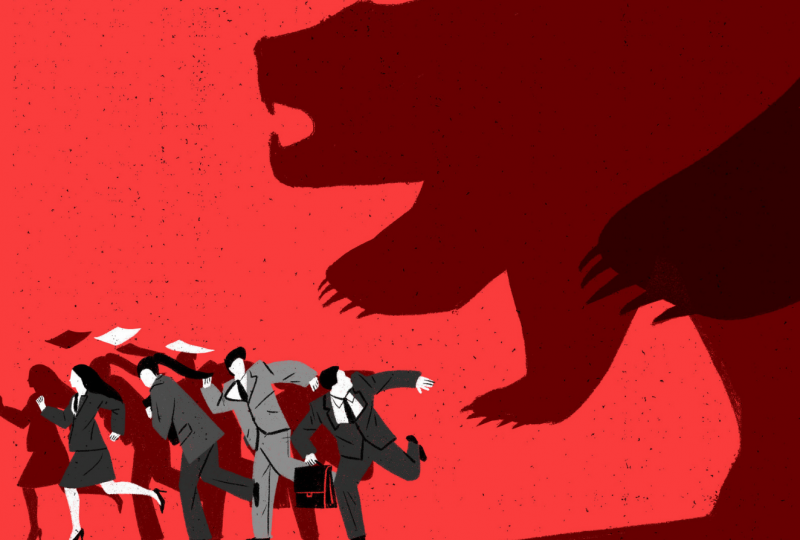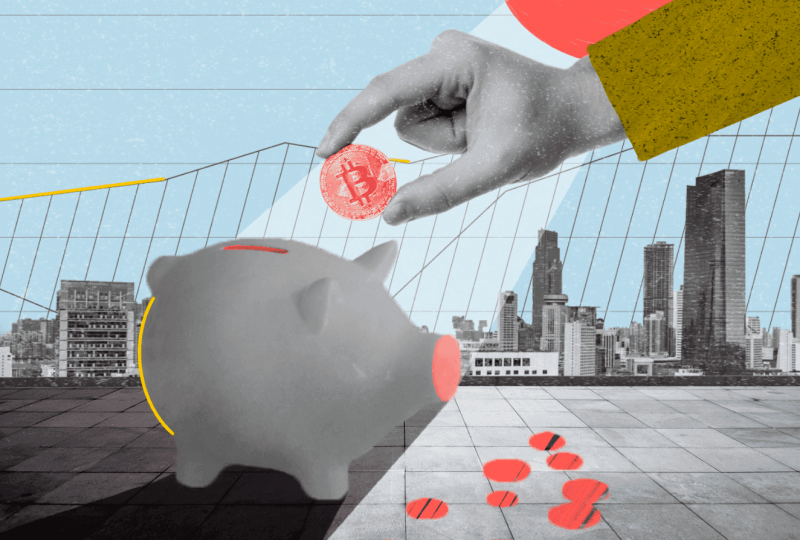Prepare for a Bear Market in 2022: Bank of America
Mar 01, 2022

According to Bank of America Securities, the current stock market recovery may be fleeting, which forecasts a bear market until 2022 and advises investors to focus on cash and commodities.
In a report issued Thursday by chief investment strategist Michael Hartnett and his colleagues, BofA put out a witches' brew of unfavorable trends, signals, and data points. "If it walks like a bear..." they wrote, "it probably is."
Over 75% of Nasdaq Composite Index equities and 51% of S&P 500 stocks are now in a bear market, down more than 20% from their peak levels, Hartnett adds. The prognosis is worse, as geopolitical threats exacerbate the danger of inflation, rising commodity prices, and growth shocks.
Negative real interest rates, adjusted for inflation, are another concerning symptom. Negative rates have been "synonymous" with crashes, panics, and wars for 250 years, he says.
Hartnett also highlights indicators of weakness in retail and house construction, noting that Home Depot's (HD) stock is down 29% from its peak, while home builders such as Toll Brothers (TOL) are down 38%. The decreases reflect fissures in consumer spending, which he observes infrequently occur outside of recessions. And, far from riding to the rescue with market stimulus, the Federal Reserve is tightening the noose, intending to hike rates and remove liquidity in an attempt to contain inflation.
"We are pessimistic," Hartnett says, adding that inflation shocks would result in rate rises and reduced growth in 2022, leading to "negative returns" on corporate bonds and equities.
Russia's invasion of Ukraine exacerbates an already difficult macroeconomic outlook. According to Hartnett, the invasion will aggravate inflation, forcing central banks to tighten monetary policy more quickly. And the Fed's tightening cycle is unlikely to halt until a "recession shock," he asserts. "In other words, Russia/Ukraine exacerbates the possibility of stagflation and 'policy error,'" he continues.
If we are headed towards the dreaded stagflation of the 1970s, Hartnett recommends investors reduce their exposure to technology companies and increase their view to cash and commodities. Commodities were the only major asset class to generate positive returns during the 1973–74 stagflation shock precipitated by the OPEC oil embargo.
Additionally, Treasury inflation-protected securities, or TIPS, small-cap value stocks, and developing markets should perform rather well (the latter because of their links to commodities).
Tactical trades, on the other hand, may pay off, for example, when the Nasdaq falls at least 20% below its 200-day moving average. On Thursday, the Nasdaq was down 15% from those averages, which may have contributed to its rebound.
Another purchase signal would be a breakdown of at least 80% of global market indices below their 50-day and 200-day moving averages. At the moment, 31% of indices are below those norms.
Market surrender will eventually occur—the market will get so washed out that it will be time to purchase. However, equities have not yet reached that level, Hartnett says, and the Fed has not even begun to tighten. "Portfolios should be prepared for stagflation and depreciation of the dollar," he warns.
While this view appears bleak, it is not certain. For every bad, there are a number of positives, including a robust US economy, a lower energy intensity in the economy than in the 1970s, and productivity improvements due to technology and globalization.
Stock multiples have also decreased, and several large-cap growth firms, including Walt Disney (DIS), Salesforce.com (CRM), Netflix (NFLX), PayPal Holdings (PYPL), and Meta Platforms(FB), have given up their previous pandemic gains.
Whether they are genuine deals is subjective: If the Fed manages to thread the needle with its monetary policies and geopolitical tensions subside, markets should gain moderately over the next year while the economy slows but does not enter a recession. On the other hand, if we are about to enter another '70s-style period of stagflation — high inflation and slow growth — it may be prudent to seek refuge in cash and commodities. The bell bottoms remain optional.




